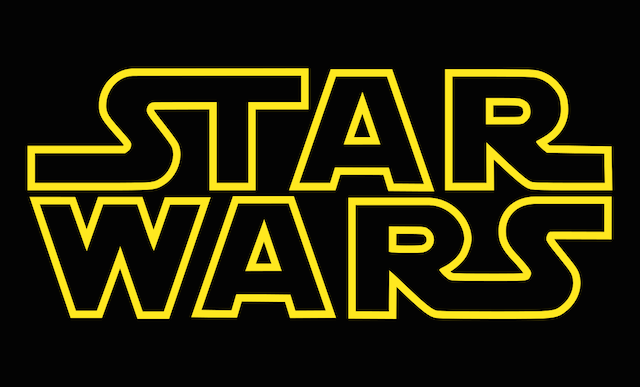Star Wars at the Box Office

It was big news over the holiday weekend for box office analysts. Solo: A Star Wars Story was underperforming! Considering this is rare for the Star Wars brand this counts as a major shift. For all the breathless coverage that Solo’s tepid box office reception is getting you’d think that Disney was going to stop making Star Wars movies. This, obviously will never happen. Star Wars as a brand is such a merchandising machine that we’ll be getting Star Wars films until the Earth spirals into the sun. However, Solo’s opening weekend should tell the Disney execs something very, very important – Star Wars isn’t Marvel, and the brand needs to be treated differently.
I’ve talked before about shared universes and how every major studio is chasing Marvel’s tail trying to make Avengers money. Lucasfilm is trying a similar thing with Star Wars. And now with ten movies, all with similar release patterns, we can actually look at some trends in the box office life of this franchise.
1980 – The Empire Strikes Back ends its initial theatrical run with $222,674,266. Then in 1983, Return of the Jedi is released, having been billed as the end of the Star Wars story. It finishes its domestic run with a box office tally of $309,205,079. Granted these movies were released in a VERY different time (Jedi stayed in movie theaters for almost six months in 1983), but the thing to note is that Jedi did better than Empire.
From the end of the ’80s to the mid 1990s, Star Wars as a brand was mostly dead. There were still books and an ongoing comic series, but the franchise was very quiet. As George Lucas started working on the prequel trilogy in the mid ’90s, he did a couple things that brought the brand roaring back to life. First, the original three films were remastered for home video. Second, Star Wars toys came back. And then the original trilogy was re-released in theaters as special editions with new scenes and special effects.
Sixteen years after Return of the Jedi, Episode I: The Phantom Menace was released in 1999. Its final domestic haul came in at $430,443,350. In 2002, Episode II: Attack of the Clones was released with a domestic cume of $302,181,125. In 2005, Episode III: Revenge of the Sith is released -- billed as the last Star Wars film ever -- and it makes $380,262,555. Similarly to the ’90s, the Star Wars brand falls dormant, but not quite as dormant as it did – Star Wars toys are still being made, and there’s an animated series regularly airing. But as far as feature films go, the brand is not as hot as it once was…
In 2012, Disney bought Lucasfilm for $4 billion with the intention of releasing a new Star Wars movie every year. The first of these, 2015’s The Force Awakens, finished its domestic total with $936,658,640. In 2016, Disney released the first of the anthology films, Rogue One: A Star Wars Story, and it made $532,171,696. Last year, The Last Jedi’s domestic box office total was $620,178,595.
So what do these numbers tell us? Star Wars as a brand hits best when audiences feel like its something special. We can look at the three trilogies to see the pattern -- the middle chapter never makes as much as the first or final film in the trilogy. On top of that we also have two trilogies that are separated by at least a decade from release. Episode I was sixteen years after Return of the Jedi, and The Force Awakens was 13 years after Revenge of the Sith and those films were MASSIVE hits. Looking at the two anthology films, it’s clear that audiences don’t see them as mandatory viewing, so they’re staying home. Star Wars oversaturation is definitely a thing.
So what’s Lucasfilm and Disney to do? I’d suggest giving more time between installments. Five months between The Last Jedi and Solo is way too short. “But what about Marvel,” you’re thinking -- “they work this way and they don’t have problems.” Well, strawman commentator, the simple answer is Marvel is different. Audiences don’t view Marvel in the same way they view Star Wars. Audiences go into the MCU movies thinking of them as different franchises that are interconnected. Star Wars doesn’t work that way, nor should it. Disney should manage the brand as if it were a Disney animated movie – each movie is a special event that audiences must see to be part of the cultural conversation. And maybe letting Star Wars be relegated to TV and animated series for a year or two isn’t a bad idea. Because if there’s one thing history makes clear – folks will absolutely show up for a new Star Wars movie if they haven’t seen one in a while.
Source: Box office numbers from Box Office Mojo not adjusted for inflation.
 WhoRepresents.com is safe & secure
WhoRepresents.com is safe & secure